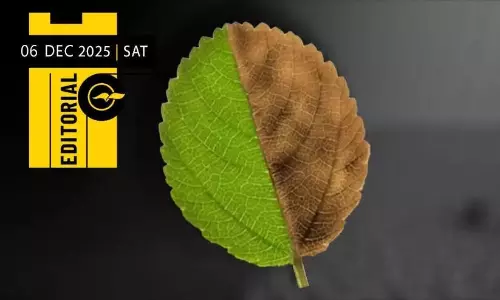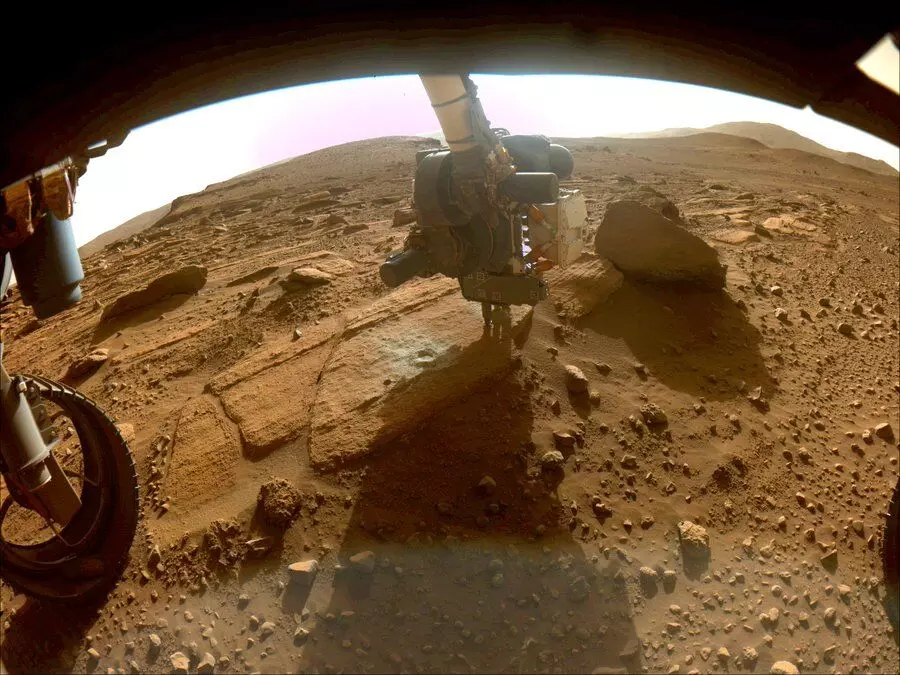
Mars Perseverance rover ready for new science campaign with first sample
text_fieldsWashington: NASA's Mars Perseverance rover has cored and stored the first sample for the mission's newest science campaign.
For the new science campaign, the car-sized rover is exploring the top of Jezero Crater's delta, the space agency said in a statement.
The latest sample, which is the 16th cored rock sample of the mission, was cored from a rock the science team calls 'Berea', on March 30, NASA said in a statement.
The mission team believes Berea was formed from rock deposits that were carried downstream by an ancient river to this location.
The rock looks promising because the material could have come from an area well beyond the confines of Jezero Crater.
Another reason why scientists could be interested is that "the rock is rich in carbonate," said Katie Stack Morgan, deputy project scientist for Perseverance at NASA's Jet Propulsion Laboratory in Southern California, in a statement.
"Carbonate rocks on Earth can be good at preserving fossilised lifeforms. If biosignatures were present in this part of Jezero Crater, it could be a rock like this one that could very well hold their secrets," Morgan said.
However, one big puzzle for scientists is how Mars' climate worked back when this area was covered with liquid water.
Because carbonates form due to chemical interactions in liquid water, they can provide scientists a long-term record of changes in the planet's climate.
By studying the carbonate in the Berea sample, the science team could help fill in the gaps.
The six-wheeled Perseverance landed on the floor of the 45 kilometres wide Jezero Crater in February 2021.
It is hunting for signs of ancient Mars life and bagging up dozens of samples for future return to Earth, among other tasks.
It has, so far, collected a total of 19 samples and three witness tubes, and recently deposited 10 tubes as a backup cache on the Martian surface as part of the NASA-ESA (European Space Agency) Mars Sample Return campaign.
With each campaign, the team explores and studies a new area.
During the first campaign, Perseverance collected igneous samples from the relatively flat crater floor, and then travel to the base of the crater's delta, where fine-grained sedimentary rocks deposited in a dried lakebed were found.
For the upcoming mission, the team will be sampling from a geologic location where they can find coarse-grained sedimentary rocks deposited in a river, the officials said.
The latest sample is stored safely in a sample tube in the rover's belly.
It will continue to climb Jezero's sedimentary fan toward the next bend in the dry riverbed, a location the science team is calling 'Castell Henllys'.
The Perseverance mission is part of NASA's Moon to Mars exploration approach, which includes Artemis missions to the Moon that will help prepare for human exploration of the Red Planet.























